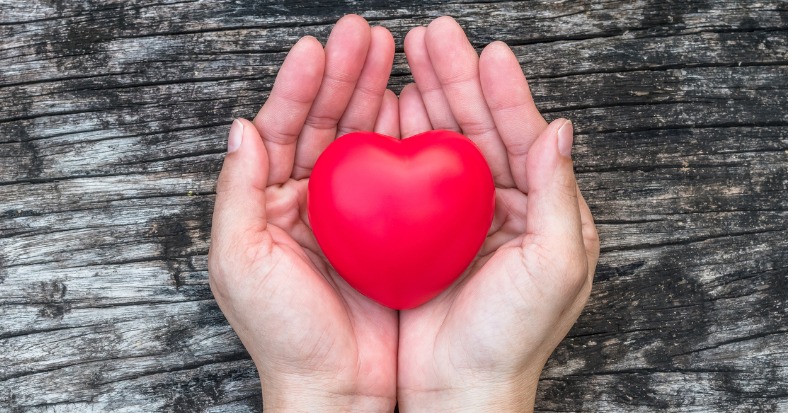Cholesterol is a type of lipid—or fat—that’s used by the body to build healthy cells. When transported through the blood, cholesterol is generally attached to a protein, creating a lipoprotein. There are two main types of lipoprotein, low-density and high-density, which are also referred to as the bad and good forms of cholesterol, respectively.
Low-density lipoproteins (LDL) transport cholesterol through the blood so it can be delivered to their intended cells throughout the body. If there are more than needed, LDLs can accumulate in the arteries as they await removal from the body, just like how you place the garbage can on the curb or in the alley the night before trash pickup.
That’s where high-density lipoproteins (HDL), the “good” cholesterol, comes in. These lipoproteins act like sanitation workers and pick up excess cholesterol and take it to the liver so it can be broken down and either reused or excreted from the body. If HDL levels are too low, then the “trash” will accumulate on the walls of the arteries, causing them to become more narrow and rigid, setting the stage for stroke and other serious health events.
While there is a genetic component to LDL and HDL levels, the current consensus is that lifestyle is the driving force behind one’s blood lipid readings. Unfortunately, the lifestyle typical to the United States and other Western countries is very good at creating LDL levels that are too high and HDL levels that are too low.
To keep cholesterol levels in balance, consider the following lifestyle modifications as they can either directly or indirectly affect HDL and LDL readings:
- Meet exercise guidelines of at least 150 minutes of moderate-intensity exercise a week.
- Limit/avoid trans fats, foods high in saturated fat like meat and whole-dairy products, and foods prepared with shortening (cakes, cookies, fried foods, and some margarines).
- Don’t smoke.
- Avoid excessive alcohol consumption.
- Eat more nuts.
- Get sufficient, restful sleep each night.
- Maintain a healthy weight, blood pressure, and blood sugar level.
- Eat more servings of fruits, vegetables, nuts, and omega-3 fatty acid-rich foods.
- Spend some time in the sun each day.
- Get a lipid panel as part of your annual check-up.
Of course, if aches and pains are hindering your ability to live a healthier lifestyle, make an appointment with your doctor of chiropractic.



